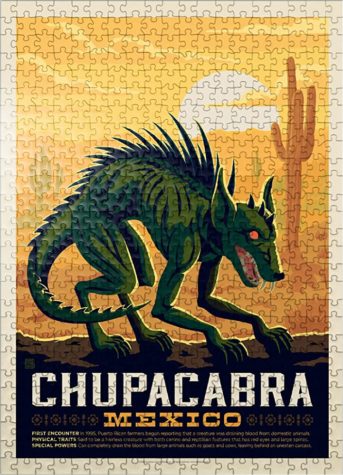The Good Intentions Paving Company
June 2, 2023

“The cure is worse than the disease,” is a paraphrased quotation attributed to the famous Roman poet and writer, Virgil, who in 31 B.C. wrote, “the disease worsens with the treatment.” These words apply to dilemmas confronted by people today who seek to “improve” the natural ecology of a place but whose actions result in unintended negative consequences.
Three examples of this failed “cure” involve the use of kudzu plants as a solution to soil erosion; the introduction of silver carp intended for use as a control for algal growth in enclosed inland waters; and the release of a super herbivore, known as the nutria, in parts of coastal Louisiana intended for fur trapping and to control vegetation in lakes and ponds—think invasive species.
Kudzu (Pueraria montana) was introduced to the United States in 1876 at the Centennial Exposition in Philadelphia as a new ornamental offering for gardeners. It was seen as an alternative to standard landscape foliage because of its large leaves and sweet-smelling purple flowers. In the 1920s, its cultivation spread to the southeastern United States where it was used as forage. In the 1930s, the Soil Conservation Service promoted kudzu for erosion control. Known today as “the vine that ate the South,” kudzu can grow up to twelve inches per day, or about sixty feet per season. Kudzu overtops surrounding trees and vegetation, reducing the amount of light, water, and nutrients received by native species, and eventually smothers competitors. The economic impacts of kudzu in the United States is estimated at $500 million lost per year in forest productivity and power company repair costs. The non-economic impacts of kudzu infestations are loss of an ecosystem’s biodiversity and destruction of native species.
The silver carp (Hypophthalmichthys molitrix) was imported from Asia in the mid-1970s to Arkansas for use as a food fish and to control algal growth, and it was introduced into municipal sewage lagoons where many escaped during flooding. In 1980, silver carp were discovered in rivers. Today they can be found in the Great Lakes, their tributaries and in the waterways of 12 states. They threaten native species because, like all carp, the silver carp has no stomach, so it feeds constantly on microscopic plants (phytoplankton), animals (zooplankton), and detritus. A mature female can lay up to five million eggs per year and they have few natural enemies.

The nutria (Myocastor coypus), imported from South America, was first released into the marshes surrounding New Orleans in the 1930s for fur trapping. A hurricane in 1940 destroyed nutria pens, causing a release of about 200 adult nutria. Their sexual maturity is reached as early as four months of age and mating season lasts all year. Females bear about 11 pups, with an average of four litters per year, and may begin to procreate 24 hours after giving birth. The predacious feeding nutria damaged almost 200,000 acres of farm crops in Louisiana, spread destruction west to California destroying erosion-controlling plants costing $13 million, and east to the Delmarva Peninsula consuming vegetation critical to sustain other wildlife.
One suggested method of controlling the exploding nutria populations was the importation of a super-carnivore: the reptilian, blood-sucking, flesh-eating Puerto Rican chupacabra. Unfortunately, the chupacabra does not exist and neither does a quick fix for the nutria’s environmental damage. Good intentions alone cannot cure a damaged environment. A thorough due diligence must precede any remedial action to identify and avoid unforeseen repercussions. Otherwise, the “cure will certainly be worse than the disease.” What is it they say about the road to hell?









